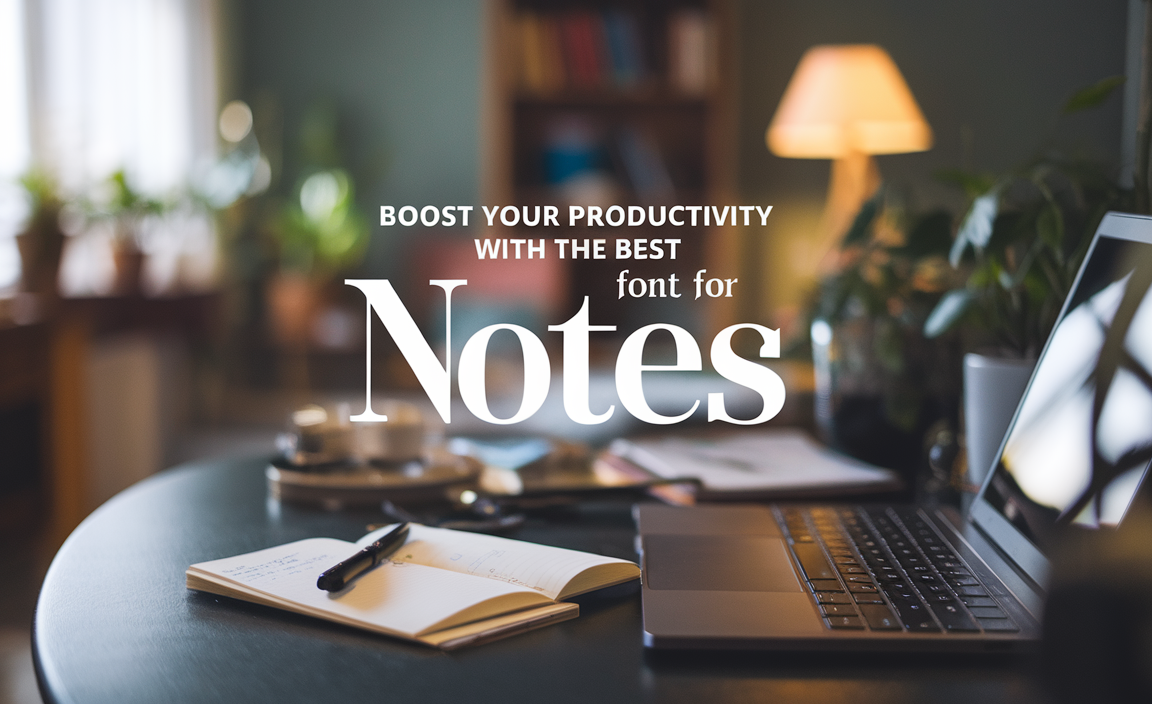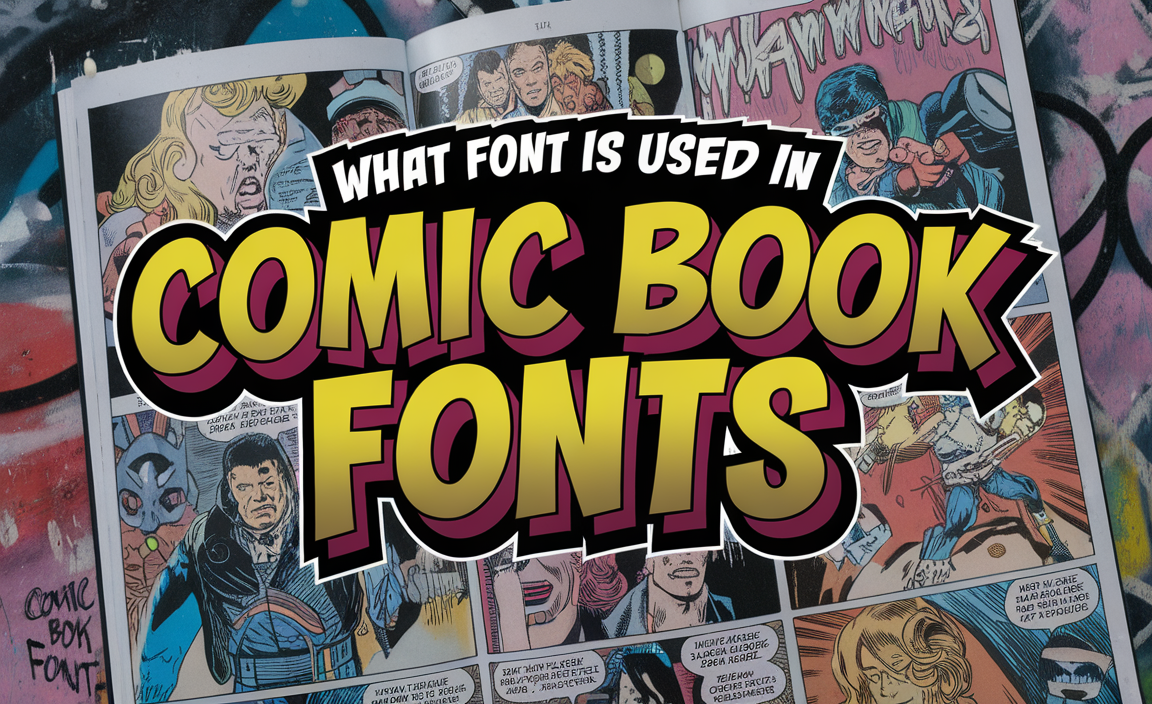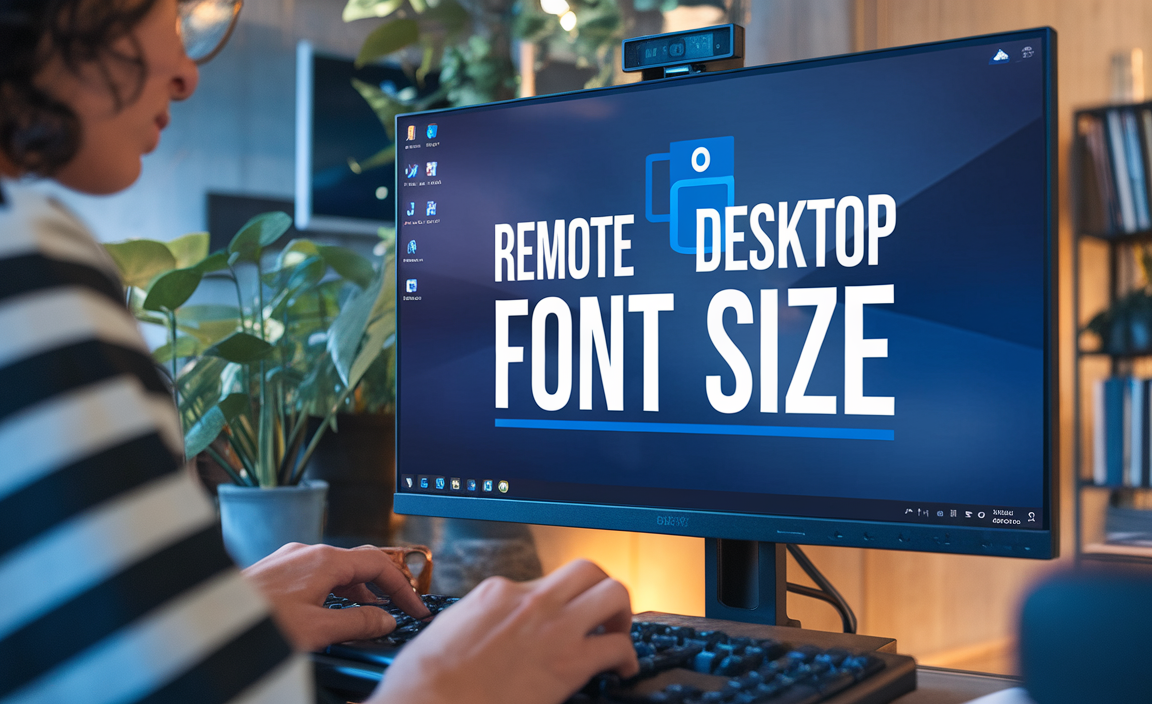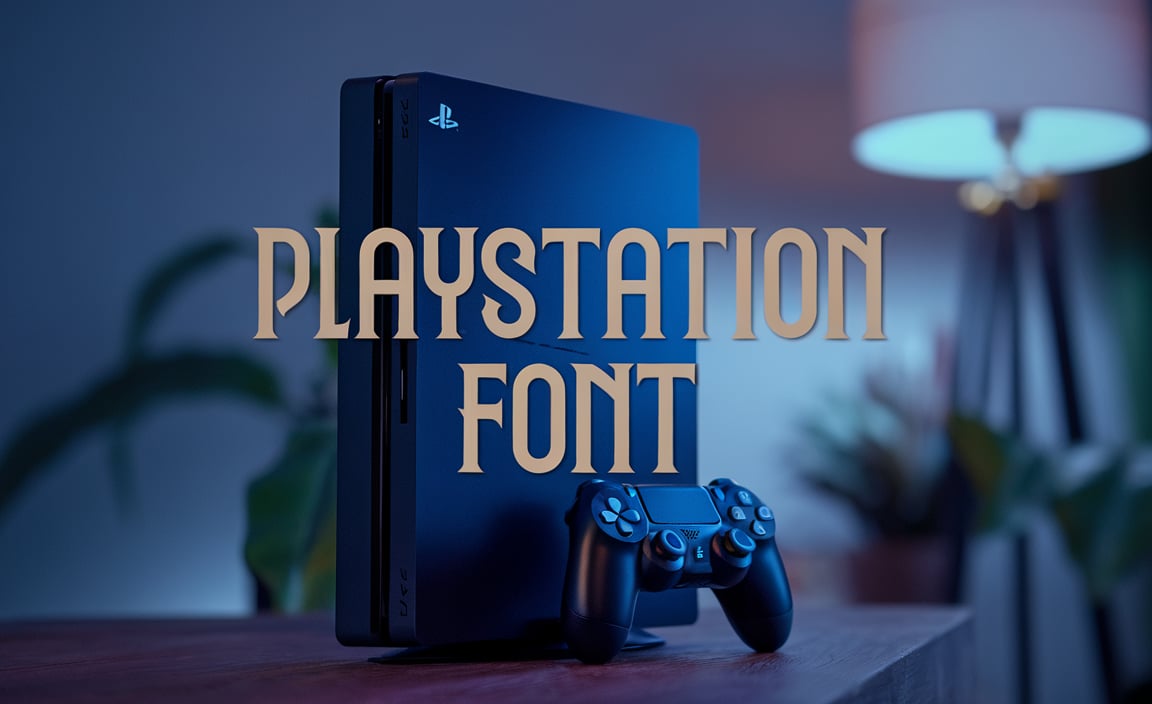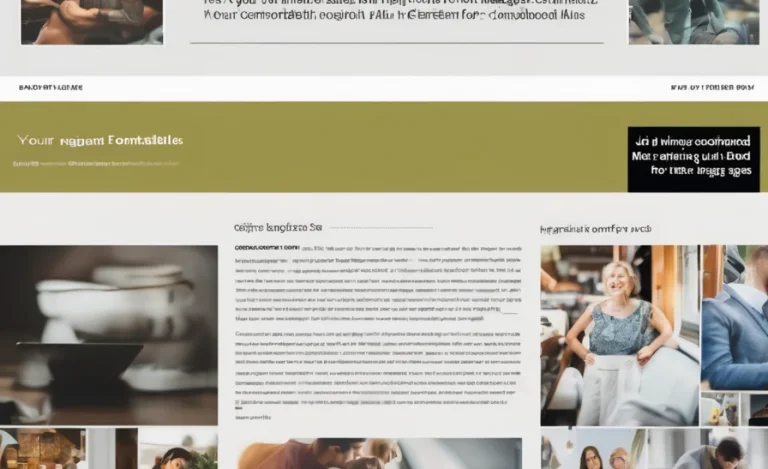The Modern Language Association (MLA) provides a set of guidelines for formatting academic papers, commonly referred to as MLA format. One of the key aspects of MLA formatting is the choice of font. Selecting the right font ensures readability and consistency in academic writing.
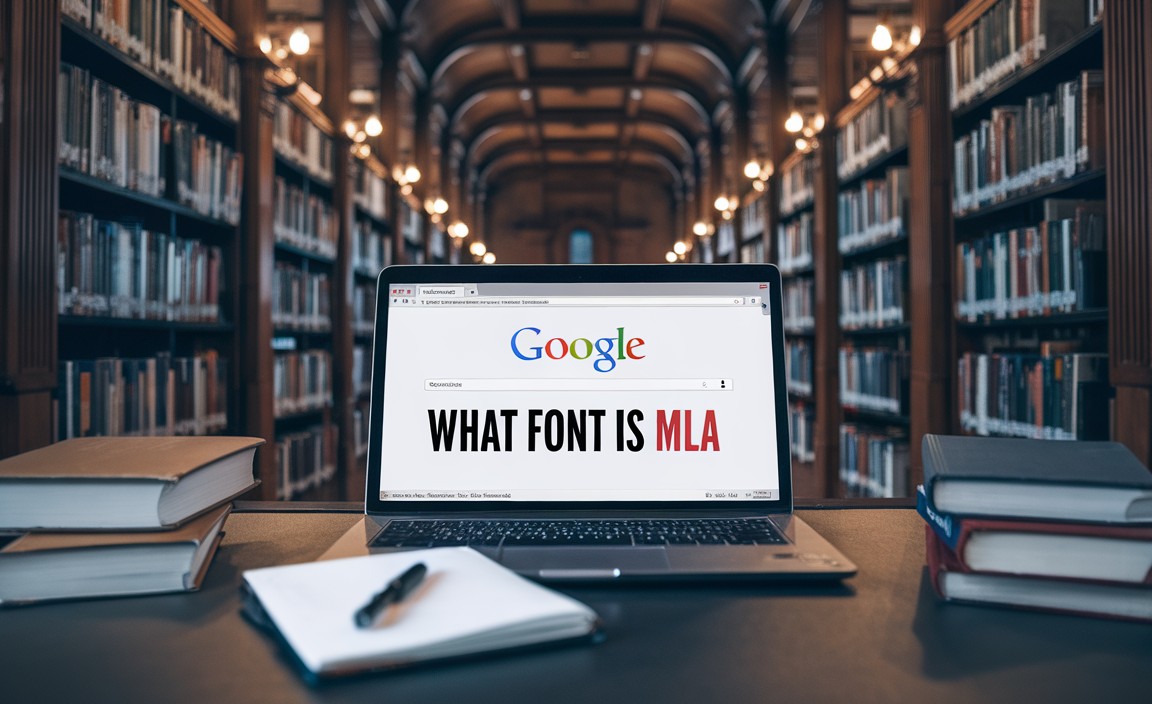
Recommended Fonts for MLA Format
According to the MLA style guide, the preferred font for academic papers is Times New Roman. This font is widely used because of its professional appearance and excellent readability, making it ideal for research papers and other academic writing. Microsoft Word and Google Docs both include Times New Roman as a standard font choice, ensuring accessibility for students and professionals alike.
However, MLA format does not strictly require Times New Roman. Other fonts such as Arial, Calibri, and Georgia are also acceptable, provided they are easy to read and distinguish italics from regular text. When using Microsoft Office or Google Docs to format an MLA paper, it’s essential to select a legible font that adheres to MLA formatting guidelines.
Font Size and Readability
MLA guidelines specify that the standard font size for academic papers should be 12-point. This applies to the entire document, including the MLA heading, works cited page, and text citations. A consistent font size ensures uniformity across the document, improving readability for the reader.
In Microsoft Word and Google Docs, adjusting the font size is straightforward. Simply navigate to the font settings and select “12 pt” for your text. Maintaining this standard across different sections, such as the MLA title page and MLA header, is crucial for achieving proper MLA formatting.
MLA Formatting and Layout
In addition to font choice and size, MLA formatting includes specific layout requirements to ensure consistency in academic writing. Some of the essential elements include:
- Margins: Set to 1 inch on all sides.
- Line spacing: Double-spaced throughout the document, including footnotes and the works cited page.
- Indentation: The first line of each paragraph should be indented one-half inch.
- Header: The MLA header should include the author’s last name and page number, placed in the upper right corner of each page.
- MLA format headings: Should be centered and written in Title Case without bold, italics, or underlining.
These MLA formatting guidelines ensure clarity and organization, making it easier for instructors and readers to navigate the paper.
Fonts for Different MLA Elements
Certain elements of an MLA paper, such as the MLA citation and annotated bibliography, should follow the same font and size rules as the main body of the text. MLA formatting guide recommends maintaining consistency throughout the document to enhance readability.
For students preparing an MLA format sample paper, using an MLA style guide or citation generator can help ensure proper adherence to guidelines. Library staff and academic writing centers often provide resources to assist with MLA style format, including sample MLA papers and MLA formatting guides.
Alternative Fonts for MLA Papers
While Times New Roman remains the most widely accepted font, other serif fonts like Georgia and Garamond can also be considered for an MLA paper. Sans-serif fonts, such as Arial and Helvetica, offer a modern look but may not provide the classic style associated with MLA format.
When choosing an alternative font, it is important to consider:
- Readability: The font should be easy to read in both print and digital formats.
- Legibility: Ensure italics and regular text styles are clearly distinguishable.
- Consistency: Use the same font throughout the entire document, including MLA format cover page and works cited page.
How to Format an MLA Paper in Microsoft Word and Google Docs
Formatting an MLA paper in MS Word or Google Docs is straightforward with these steps:
- Open your document in Microsoft Word or Google Docs.
- Select “Times New Roman” or another recommended font.
- Set the font size to 12-point.
- Adjust margins to 1 inch on all sides.
- Double-space the entire document.
- Create an MLA header with your last name and page number.
- Format headings and subheadings according to MLA guidelines.
- Use the citation generator tool to ensure correct MLA citations.
FAQs
1. What font should I use for my MLA paper?
MLA recommends using Times New Roman, 12-point font. Other readable fonts like Arial and Georgia are also acceptable.
2. Can I use a different font in my MLA paper?
Yes, as long as the font is easily readable and differentiates between regular and italicized text.
3. Is Calibri an acceptable font for MLA format?
Calibri is acceptable, but Times New Roman is preferred for consistency and readability.
4. What is the standard font size for MLA format?
The standard font size for MLA format is 12-point.
5. Can I use a different font size for headings?
No, MLA guidelines recommend using 12-point font size for all text, including headings.
6. How do I format citations in MLA style?
MLA citations should follow the guidelines provided in the MLA Handbook, including parenthetical citations and a properly formatted works cited page.


